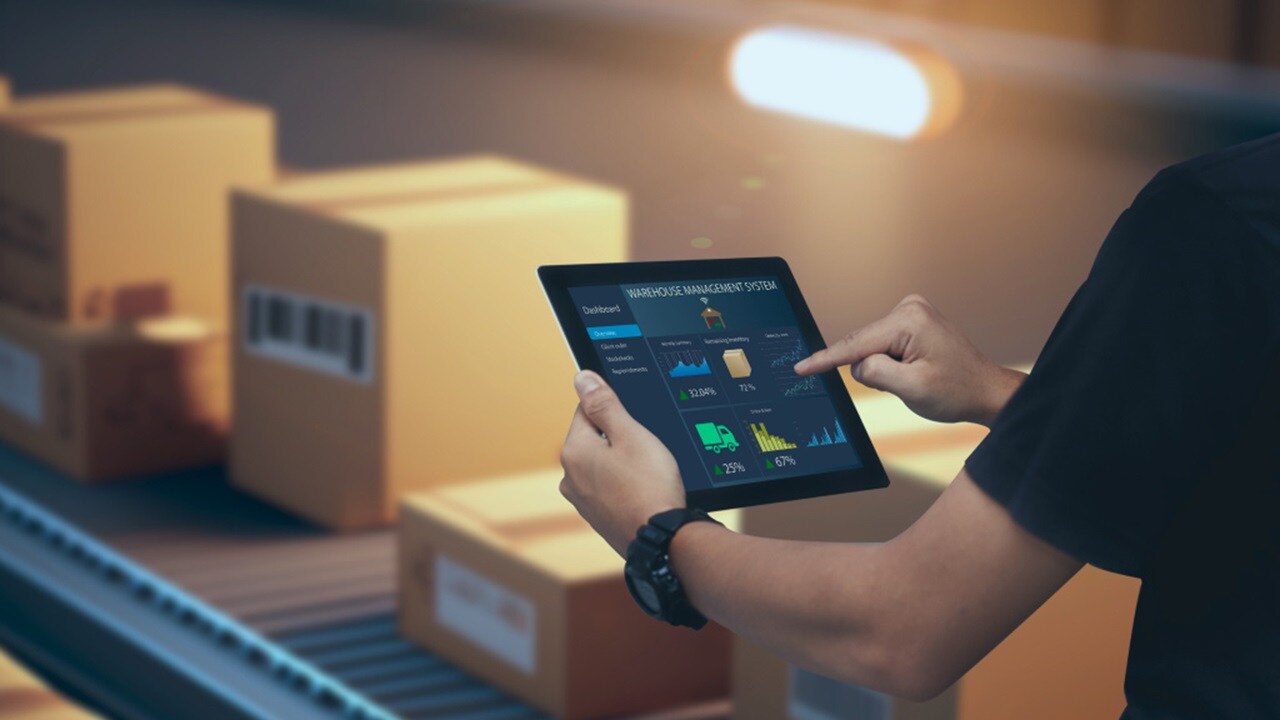We’ve all heard the tale of Goldilocks and the three bears. The one where Goldilocks enters their house and starts helping herself to their porridge. The first bowl is too hot, the second too cold, but the third is “just right”.
Omnichannel businesses have a similar problem, it’s just called demand forecasting. You can have the best setup in the world with the right warehousing infrastructure, the right customs process, the right last-mile network and so on, but if you can’t find the middle-ground when demand forecasting, you’ll always be at risk.
So, what’s causing this problem, how might it impact your business and what can you do about it?
Why does omnichannel have a demand forecasting problem?
Today, customers expect contextually relevant and connected experiences across every channel they use – and even the ones they don’t. Whether that’s TikTok, in-store, a mobile app or elsewhere. And fulfilment, of course, is integral to making these experiences happen.
But the problem is this. Getting the right balance of stock in the back end to enable these experiences is menacingly tricky. Understock and you risk upsetting customers; overstock and you risk your bottom line.
Perhaps, then, that’s why both issues are prevalent. According to a recent study, the European out-of-stock rate is around 8.6%, and at the same time, a report from Harvard Business Review makes excess inventory on the world stage to be a trillion dollar problem. No wonder The Economist observes that “inventory aches and pains are increasingly a chronic condition.” But why?
A multitude of factors, really, but one of the biggest right now is low consumer confidence. Even though the global economy has fared better than many analysts predicted last year, consumers are still treading with caution. Much of that is due to high prices and high interest rates.
Nevertheless, it’s human nature to adapt – and that’s what’s been happening. Research from AlixPartners found that consumers are responding by bargain hunting across multiple retailers. This is supported by a recent Kantar study, which found that, in addition to searching for cheaper alternatives, consumers are purchasing more promotions, and in some cases, abandoning certain product categories completely.
For omnichannel retailers, this makes warehousing more complex. Say you’re approaching peak season. Despite the fact that consumers have been cautious all year, you’ll still hire temporary labour to handle the seasonal peaks – which, in certain geographies, can be a challenge in and of itself. But if consumers remain cautious and you have too many staff for your stock, you experience a double blow of low turnover and the expense of superfluous labour.
Whichever way you cut it, you’re going to feel some aches and pains if you’re not on top of demand forecasting. So, how can you make sure you get it “just right”?

How to fix omnichannel’s demand forecasting problem
If there’s one thing we can be sure of today it’s that no matter what we do, demand fluctuations are likely. That means the logical thing to do is to create a system where you can be responsive and adaptive, adjusting forecasts to changes.
That can be done manually, of course, but not easily. So, if you really want to fix the demand forecasting problem, you need to turn to technology. Here’s how.
- Warehouse management systems - Start with a warehouse management system (WMS). It’s what gives you real-time visibility of your entire inventory stack, both in warehouses and in transit. By using one to manage the flow of goods across your warehouses, you can detect and correct changes in demand, then flex and adapt your stock levels accordingly – all of which strengthens your grip on order fulfilment. For example, if warehouse A is overstocked but warehouse B is low on stock, a WMS gives you the actionable insights to move some of the surplus stock to warehouse B. What’s more, the right system makes this easy for you to do. Take our WMS. It gives you all this insight within real-time push and pull reports, which prompt you to take action, reducing the work you need to do to keep on top of things.
- Digital twins - As well as being agile and responsive, there’s also a more predictive approach – digital twins. This is where a model simulates warehousing operations and inventory movements virtually. By comparing different scenarios, you can more precisely analyse the trade-offs between cost, lead time, quality, inventory, risk and strategy. For example, you could analyse the impact of changing raw materials suppliers on your overall supply chain. This approach, dubbed by some as ‘multi echelon inventory optimisation’, is said to be capable of optimising up to 80% of inventory in 120 days, reducing inventory costs by up to 15%, and increasing service availability by up to 5%.
- End-to-end visibility - Furthermore, it’s also possible to take inventory data and connect it with data from other parts of your supply chain – from ground freight to customs to warehousing and more – giving you a more holistic view of your entire supply chain. Obviously, fulfilment comes at the latter end of this. But accessing data from further upstream means you can be proactive in your handling of supply chain operations. Say you’re running low on stock and have been notified of an upcoming lorry drivers’ strike. When you’ve upstream visibility, you can identify and pre-empt the disruption by changing connections from truck to rail, providing the flexibility to get your goods to the distribution facility before stock runs out.

Prioritise inventory management
Whatever industry you’re in, demand forecasting is a huge challenge – but it’s especially tough when you sell across the omnichannel. That’s because today’s customers have little tolerance for stockouts when they can find an alternative on the web in a matter of clicks, while overstocking throws potentially serious financial risks your way.
Clearly, the middle-ground is the way forward. By prioritising inventory data, connecting it across your entire supply chain, proactively monitoring movements and disruptions and predictively analysing your supply chain, you can gain the control to balance demand and stock count. Because in omnichannel fulfilment, as in fairy tales, it’s all about the happy medium.
How Maersk can help
With our WMS, we provide real-time, around-the-clock visibility which gives you direct control over your fulfilment, whether through planning or responsiveness. Combined with our global warehousing infrastructure of over 450 warehouses and 350 fulfilment centres, plus our comprehensive transport network across ocean, air and ground freight, we have all the technology, tools and assets to make sure you get omnichannel fulfilment “just right”.
If you’d like to see our WMS in action, contact us.
For more information on how you can develop your omnichannel fulfilment strategy, download our interactive workbook:
Sign up to The Logistics Pulse newsletter
You did it, welcome onboard!
We're sorry, but there was a problem sending your contact request.
Please review the form fields and ensure all required information is provided correctly. If the issue persists, please contact our support team for further assistance.
Sign up to The Logistics Pulse newsletter
Receive our insights directly in your mailbox by signing up through this form and enter a world of truly integrated logistics. Get inspired by our selection of articles that help you navigate supply chains, understand industry trends, and shape your logistics strategy. You can unsubscribe anytime.
I agree to receive logistics related news and marketing updates by email, phone, messaging services (e.g. WhatsApp) and other digital platforms, including but not limited to social media (e.g., LinkedIn) from A. P. Moller-Maersk and its affiliated companies (see latest company overview). I understand that I can opt out of such Maersk communications at any time by clicking the unsubscribe link. To see how we use your personal data, please read our Privacy Notification.
By completing this form, you confirm that you agree to the use of your personal data by Maersk as described in our Privacy Notification.













